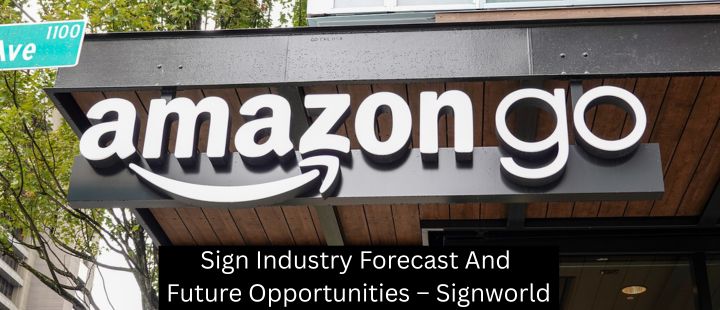
Digital signage is any electronic display that shows anything from advertising restaurant menus to interactive maps in the lobby of a hotel. Because digital signage can be so quickly and easily updated, and can include such features as gesture recognition and touch screens, the possibilities are immense compared with traditional passive signage.
Due to the adaptive nature of digital signage and the falling prices of LCD devices, among other factors, the digital signage market is ever expanding, with an estimated global market expected to reach $14,875.6 Million by 2020, according to a 2014 report from MarketsandMarkets (the full report is available here: http://www.rnrmarketresearch.com/global-digital-signage-dynamic-signage-electronic-signage-narrowcasting-market-by-components-applications-displays-geography-2011-2016-market-report.html.) With such endless applications, digital signage opens up countless new doors to harness this technology to make your brand recognizable in an exciting new way.
Branding, it must be remembered, is much more than the logo; it is the ideas and values attached to a given company, the promises of the type of message buyers expect to receive from that company, and the narrative formed from these elements (for more on branding narrative, see this article http://designschool.canva.com/blog/build-brand-narrative/).
Each brand has its own voice, or personality, which can be portrayed through different design elements. In static graphic advertising, a viewers’ attention is briefly captured by an image, or some interesting copy, but it is inherently limited to the design which can fit into one frame, in one moment of time. Digital signage allows for the opportunity to create a dynamic, more lasting interaction between the message on the sign (part of the brand narrative), and the viewer.
Across multiple frames, there is more room for a story that fits within the larger narrative of that company’s brand, and within the brand personality to unfold. When a viewer becomes immersed in a dynamic story, they are more likely to identify with and build a relationship with elements of that story. The immersive capabilities of story telling offered by digital signage can even be taken a step further by including a touch screen element so that the viewer can actually become a part of the narrative, thus building a stronger relationship with your brand. The viewer can make choices that are in accordance with your brand message, and explore what your company has to offer firsthand.
Being able to interact with the advertisement in a touch screen interface, a recent Info Trends study shows, increased brand awareness by 48% and visitor traffic by 33% (for more info on this study, see http://emerging-advertising-media.wikispaces.com/Interactive+Ad+Screens).
Within the capability of digital signage to create a narrative across multiple frames is also the potential to share more information without the viewer being overwhelmed by a large block of text. Essentially, it allows the story being told by the ad to be taken in one or two lines at a time across multiple dynamic images rather than in an unwieldy block of text that viewers are unlikely to stop to read all the way through. This means that the viewer can access a more nuanced version of your brand narrative without feeling overwhelmed. Dynamic images can supplement the text itself to create affective links between the copy and the viewer.
If you have access to multiple displays within seeing distance of one another, there is an even greater opportunity for brand immersion. According to an experiment conducted by the people at Nanolumens, having synced custom content across multiple displays creates an immersive brand experience for the viewer.
In short, the opportunities available through digital signage are limitless. With ever-growing technological capabilities, digital signage is quickly becoming the ideal vehicle to have customers interact and identify with your brand first hand.




